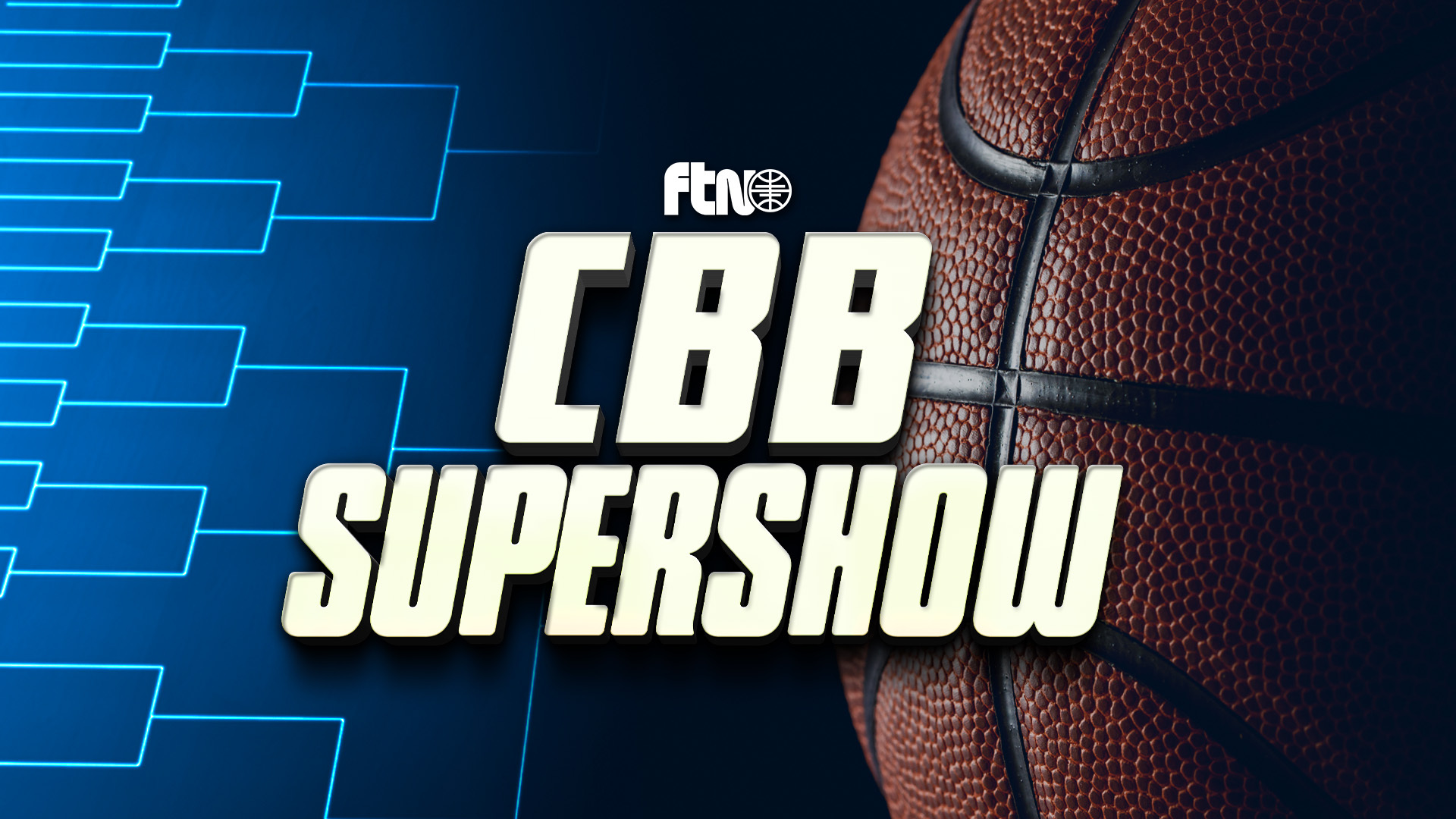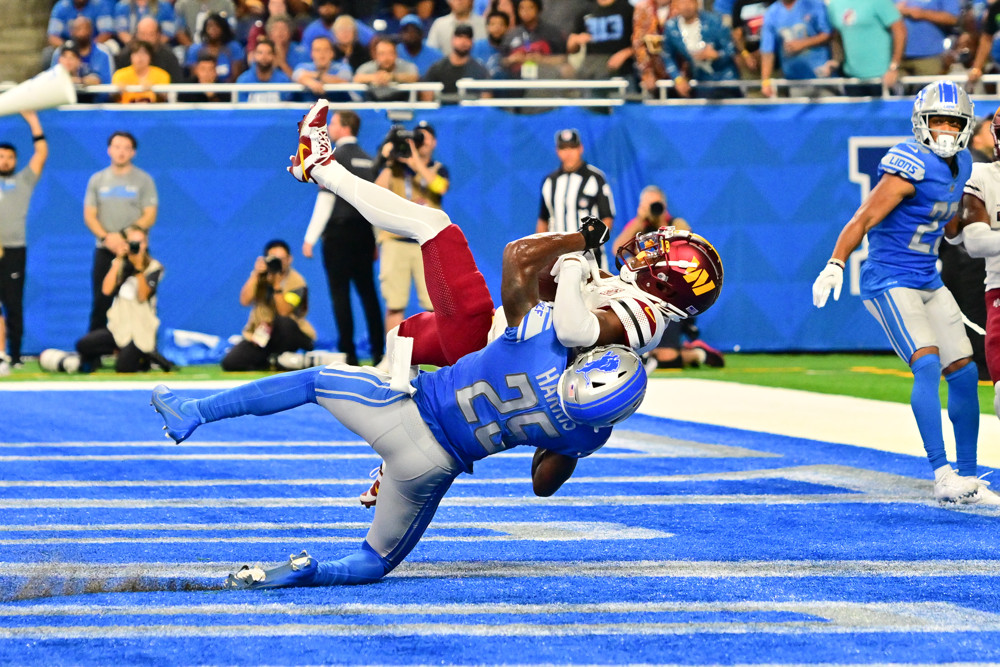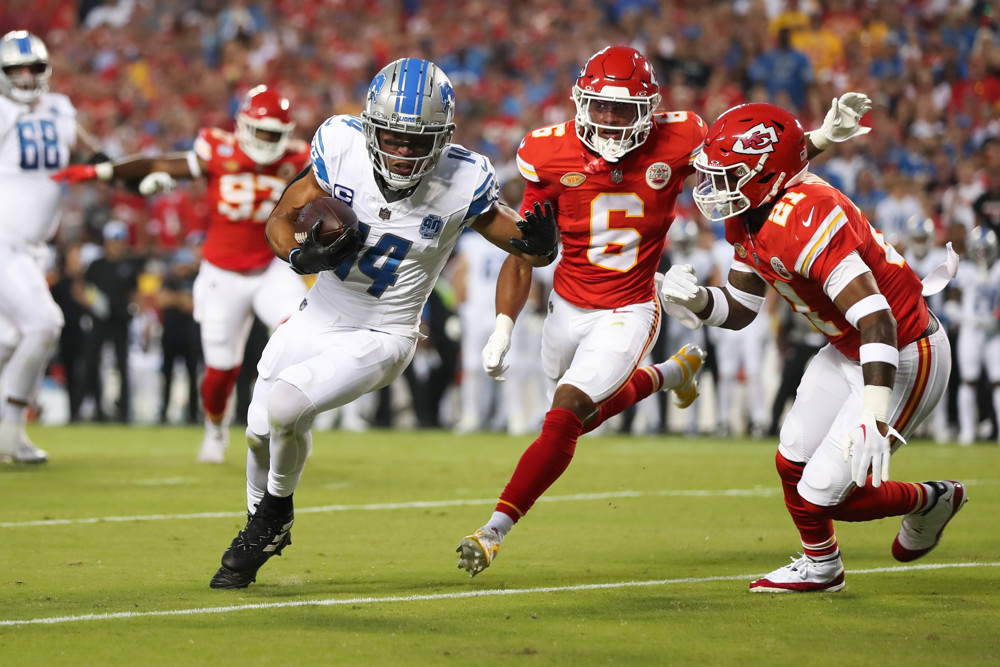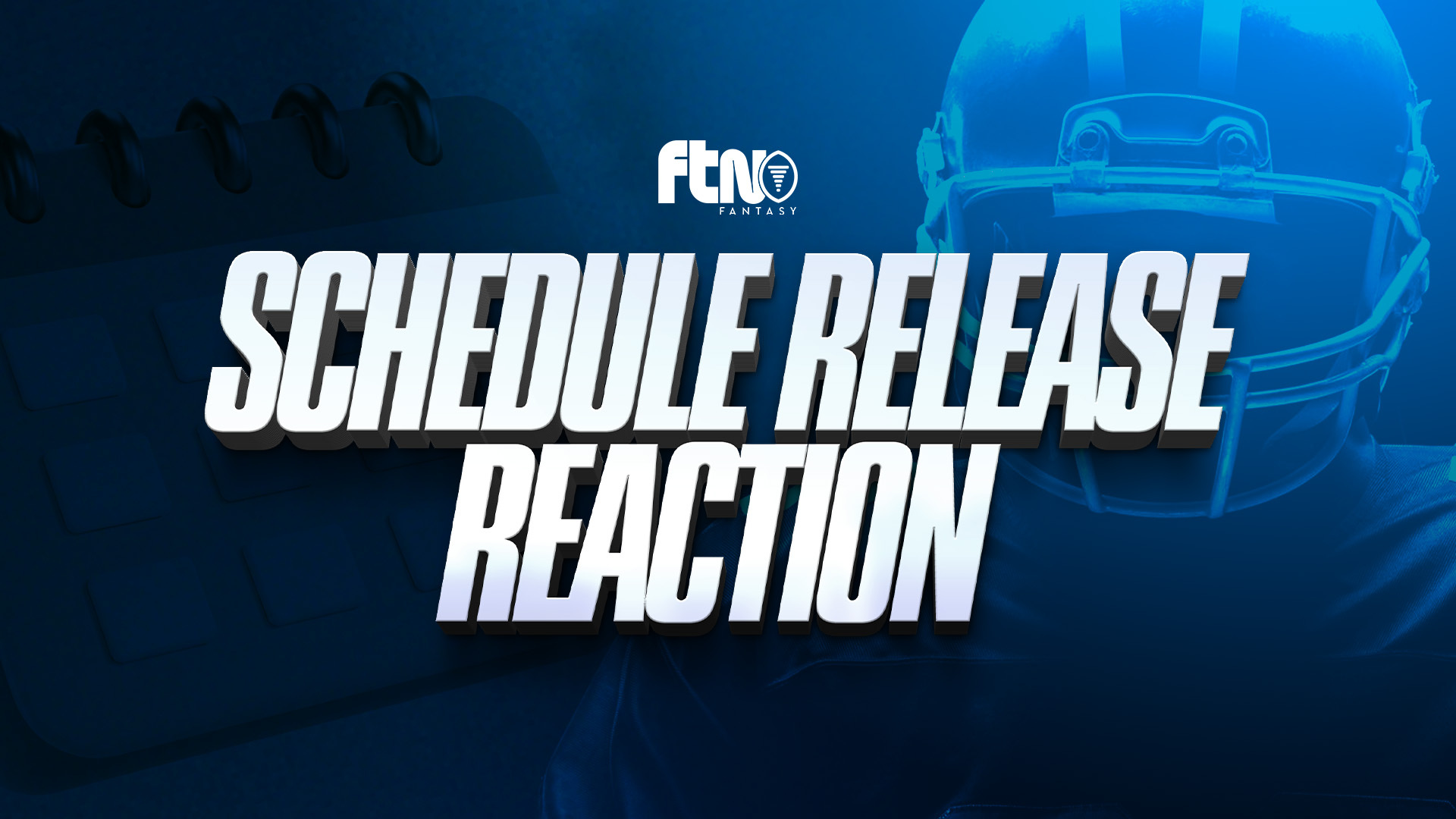
As a game, fantasy football is always evolving. When it started, it was done via snail mail and manual scoring. Now, it’s all computerized, and that means more and more formats and scoring options are available. And of course, as scoring systems and formats and sizes change, so too must our strategy.
Today, I’m taking a look at some of the increasingly common variations in the game and how they can or should impact your strategy. And then specifically, I’ll look at the Scott Fish Bowl, which starts next week, and how those variations work in one of the biggest fantasy leagues in the world.
First, though, let’s establish our baseline: Let’s take a look at the game as we know it, before the variants come into play.
Traditional Fantasy Football
Our typical fantasy game consists of a lineup of a quarterback, two running backs, two receivers, a tight end, a flex and maybe a kicker and/or defense. The scoring is fairly basic: 25 passing yards makes a point, 10 rushing or receiving yards make a point, a passing touchdown is 4, a rushing or receiving touchdown is 6. Maybe there’s a point (or part of a point) assigned per reception.
This format leans on running back as king, because there are so few workhorses around the league and thus the ones who do dominate the work can put up big-time points (especially if there is no PPR). Adding in per-reception scoring helps wide receivers level the playing field a bit.
Tight ends and quarterbacks tend to fall by the wayside in traditional fantasy, because having only one in the lineup means you can get away with rostering very few of them. Very few of them (especially at tight end) will outscore the top running backs and receivers, and the replacement value on the waiver wire for quarterbacks is typically high.
Kickers and defenses are increasingly falling out of style because both tend to be crapshoots and fantasy managers stream them. No one will fault you if your league dumps them altogether.
Now, let’s look at some alternative formats that have grown in popularity in recent years, especially as it relates to the Scott Fish Bowl.
Multiple-QB Formats
In an effort to make quarterbacks more valuable and therefore more important, two-quarterback and, later, superflex (essentially a two-quarterback league where the second quarterback slot can be a different position, allowing for more flexibility for byes) leagues have been growing in popularity. In either format, getting multiple starting-caliber quarterbacks before your leaguemates is obviously much more important — the difference between a QB1 and a QB2 in a one-QB league is relatively small, but the different between a QB1 and the last two or three starters in the league is massive.
In superflex, you have the option to start two quarterbacks but are not limited to them. However, the advantage you take on as a manager if you can start two quality quarterbacks is enormous. So do not let the option of starting another position deter you away from drafting multiple quarterbacks early in your league’s draft, as if you don’t you will miss out and be put at a serve disadvantage. Basically, treat a superflex league like a two-QB league, but appreciate the flexibility that can arise if something goes wrong with one of your starting QBs.
Superflex in the Scott Fish Bowl
The Scott Fish Bowl is one of the biggest fantasy football leagues in the world, an annual charity tournament. Superflex has become the standard in the Scott Fish Bowl in recent years due, and between that and other unique scoring approaches — 6 points for passing touchdowns, -4 for interceptions, positive and negative points for completions/incompletions — quarterbacks are extra important in the format. By raw point totals in 2021, 12 of the top 15 season-long Scott Fish Bowl scorers were quarterbacks, so getting a pair of big producers early is a big deal.
Tight End Premium
TE Premium scoring has also been rising in popularity in recent years. Generally speaking, it gives tight ends an extra half point per reception on top of what the other positions get, so if you’re in a 0.5-PPR league, a 10-yard catch for a wide receiver is worth 1.5, but that same catch is worth 2.0 for a tight end. This format helps brings more tight ends to relevance, because in a regular league where TE production is equal to RB or WR, the well of available players dries up quickly after the top handful.
As you can imagine, in addition to bringing lesser names to relevance, this format also drives some of the bigger names way up draft boards — players like Travis Kelce, Kyle Pitts, Mark Andrews and others are fantasy superstars in TE Premium. In other words, if your league is TE Premium, targeting one of the biggest names at the position early can be a season-maker. Last year in TE Premium, Kelce and Andrews would both have finished as top-10 receivers, top-five running backs and top-15 quarterbacks.
TE Premium in the Scott Fish Bowl
TE Premium has also become fairly standard in the Scott Fish Bowl, though it’s even more significant, because tight ends get an extra half-point per first down and an extra half-point per first down.
This is also part of the standard format for the Scott Fish Bowl, however, the tight ends tend to see one of the biggest increases in this format. Comparing SFB scoring to typical 0.5 PPR, last year, the top 12 at each position improved, but the improvement was greatest at tight end:
- Tight ends increased their PPG by 4.8
- Quarterbacks by 4.6
- Running backs by 2.25
- Wide receivers by 1.75
Clearly, grabbing a tight end earlier than normal in TE Premium scoring is a big key to success.
Point Per First Down
In this format, players receive extra points for each first down they convert. This really makes us focus on players who are heavily involved in offenses but also gives players who feature in third-down roles some added value. Looking at last season’s stats, this adds a ton of value to receivers — last year, the top-10 first-down producers included three running backs and seven receivers. So if this format is paired with PPR, wide receivers become even more valuable, especially the top ones. This year’s Scott Fish Bowl features half-PPFD (full for tight ends), so keep this in mind while you’re drafting your rosters.
Third-Round Reversal
Traditional snake drafts balance value, but only to a point — invariably, the top draft picks win more often than later ones every year. Third-round reversal attempts to mitigate that by doing … more or less what the name sounds like. It’s a snake draft, except the third round starts the same as the second, with the person who picked last in the first round leading off the third. For those drafting at the top, it makes nailing the first pick that much more important, as in a 12-team league the person picking first only has one pick between first and 36th. Those later in the first round aren’t getting one of the top-top players, but they balance that with three picks in the first 25. Scott Fish Bowl has gone to third-round reversal, so that plays into deciding draft slot.














































